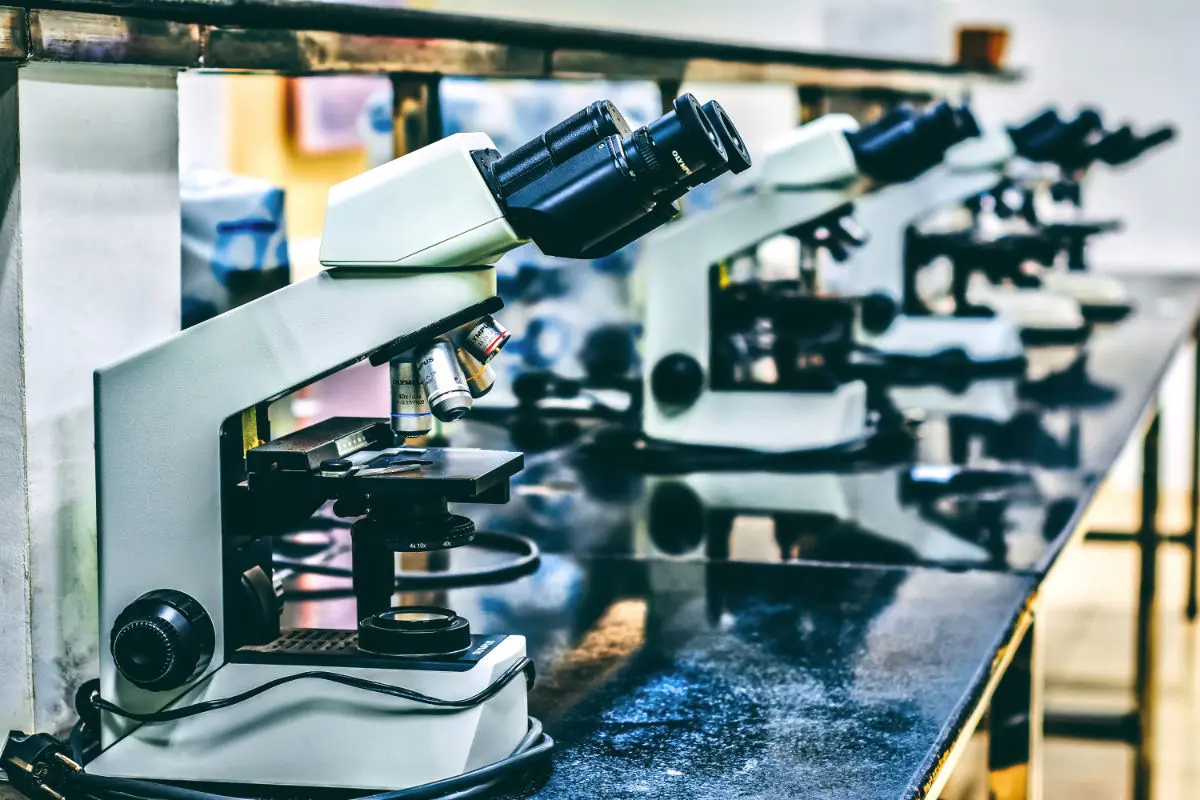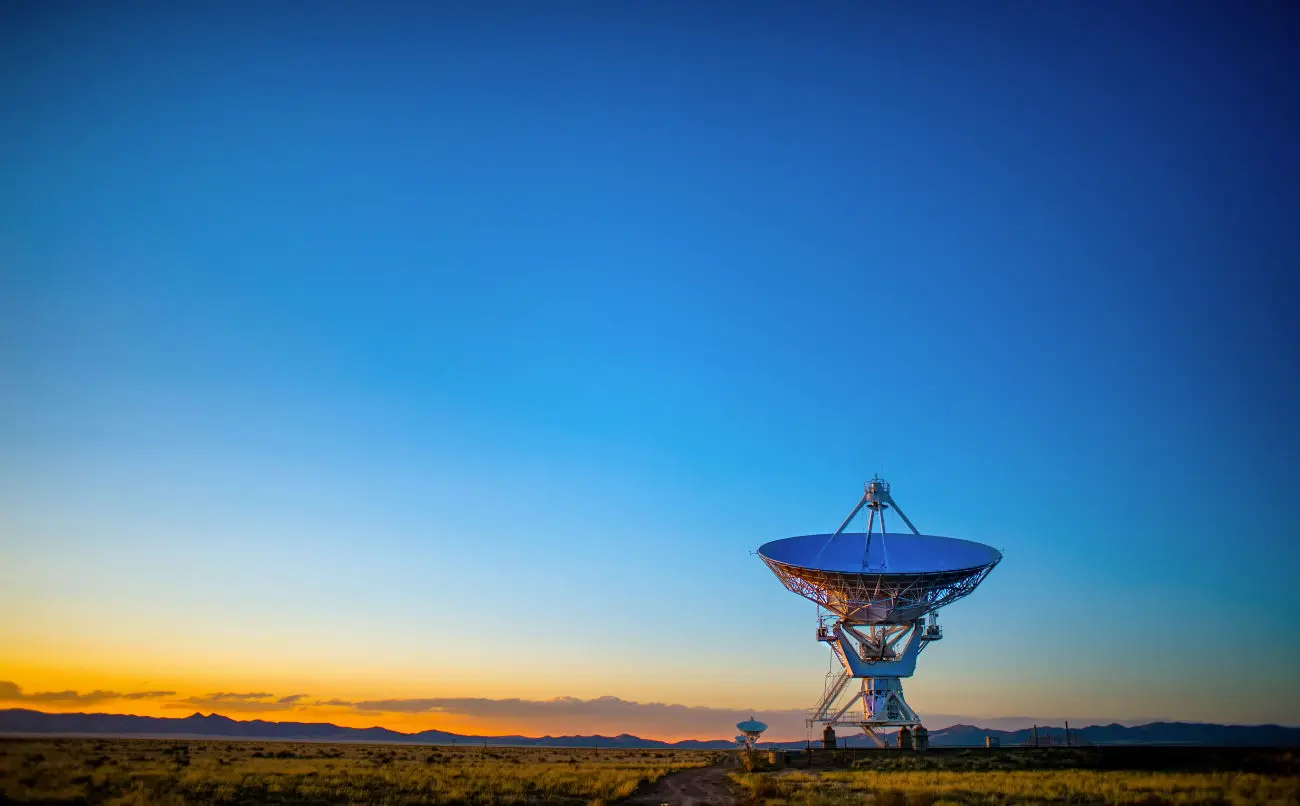Common Misconceptions About Science Debunked
Explore and learn about some of the common misconceptions about science and have them debunked. Discover the truth behind popular myths and misconceptions in the world of science.

When it comes to the world of science, there are often many misconceptions that can create barriers between the general public and the scientific community. These misconceptions can lead to a lack of understanding and appreciation for the work that scientists do. In this blog post, we will debunk some of the most common misconceptions about science and shed light on the truth behind these myths.
"Science Has All the Answers"
The belief that science holds the keys to unlocking all mysteries of the universe is a widespread misconception. Science, in its essence, is an ever-expanding field of inquiry that thrives on uncovering new questions as much as it does on solving them.
Far from having all the answers, the pursuit of scientific knowledge is an ongoing journey that continually reshapes our understanding of the world around us. Each discovery often leads to more questions, propelling the cycle of exploration and learning. The beauty of science lies not in its ability to provide absolute answers but in its relentless quest for deeper understanding and the acknowledgment that our current knowledge is always provisional. The dynamic nature of science encourages curiosity and humility, reminding us that there is always more to learn and understand. It invites us to view the unknown not as a challenge to be feared but as an opportunity for growth and discovery.
By recognizing that science does not have all the answers, we open ourselves to the wonder and complexity of the natural world and the infinite possibilities that lie ahead.
"Scientists Always Agree with Each Other"
The notion that scientists form a monolithic group with uniform opinions is a profound misunderstanding of how the scientific process works. At its core, science thrives on a rich tapestry of differing perspectives and debates. Far from being a sign of weakness, disagreement among scientists is a vital driver of scientific progress. These debates are not a mere academic exercise; rather, they challenge assumptions, test the robustness of findings, and ensure that conclusions are not drawn lightly.
Consider, for instance, the process of peer review, an essential mechanism in scientific research. This process entails scientists scrutinizing each other's work, asking critical questions, and sometimes offering contrasting interpretations of data. It is through this rigorous examination that science self-corrects and moves closer to a more accurate understanding of natural phenomena.
Moreover, the diversity within the scientific community — with its array of cultural backgrounds, academic disciplines, and methodological approaches — enriches the scientific dialogue. Scientists bring their unique perspectives to bear on complex problems, often leading to innovative solutions that might not have emerged in a more homogenous group.
This dynamic interplay of agreement and disagreement is what propels science forward. When scientists challenge each other's ideas, they do so with the goal of refining theories, improving experimental designs, and enhancing the overall reliability of scientific knowledge. Such intellectual exchange underscores the fact that science is not a solitary endeavor but a collaborative one, dependent on a community of thinkers who are committed to questioning, refining, and expanding our understanding of the world.
In embracing the reality that scientists do not always agree with each other, we recognize the strength of the scientific method. It is through the constructive clash of ideas and the melding of diverse viewpoints that science advances, delivering insights and innovations that benefit society as a whole.
"More Data Always Leads to Better Science"
The assumption that accumulating vast amounts of data invariably enhances scientific research is a misconception that overlooks the nuanced nature of scientific inquiry. The essence of advancing science does not merely rest on the volume of data gathered but hinges critically on the relevance, accuracy, and interpretability of this data. A key challenge in contemporary science is not the scarcity of data but the ability to discern meaningful patterns and insights from extensive datasets.

The era of big data has ushered in unparalleled opportunities for scientific discovery, yet it has also introduced complexities in data analysis and interpretation. More data can sometimes confound rather than clarify, particularly when it includes a significant amount of irrelevant or low-quality information. Effective scientific research relies on the strategic collection of data that directly informs the hypothesis under investigation.
Moreover, the integration of advanced computational tools and methodologies for data analysis has become crucial in managing and making sense of large datasets. These tools enable scientists to extract valuable insights from data that might otherwise remain hidden. However, the sophistication of these tools does not negate the need for critical thinking and expert judgment in the interpretation of results.
In the scientific process, the emphasis should be on data quality over quantity. This includes considerations of how data is collected, the methods used for its analysis, and the rigor with which it is interpreted. Ensuring data integrity and relevance is paramount, as these factors ultimately determine the validity and reliability of scientific conclusions. Thus, while data is a foundational element of scientific research, the pursuit of more data should not overshadow the pursuit of better data.
"The Scientific Method is Linear and Inflexible"
A common misconception suggests that the scientific method is a straightforward, step-by-step procedure, rigidly followed by researchers to produce unambiguous results. This oversimplification overlooks the intricate and adaptable nature of how scientists conduct their work. In practice, the scientific method is far from being a one-size-fits-all process; it is instead a dynamic approach that accommodates the unpredictability and complexity of investigating the natural world.
Rather than progressing linearly from hypothesis to conclusion, scientific inquiry often involves iterative cycles of observation, experimentation, and revision. Scientists may start with an initial hypothesis, but unexpected results or new questions can lead them back to the drawing board, refining their hypotheses or developing new ones. This iterative aspect underscores the creativity and adaptability inherent in scientific research.
The flexibility of the scientific method allows for innovation and discovery, enabling scientists to navigate the uncertain terrains of their research fields. It is a misconception to view this flexibility as a weakness or to mistake it for a lack of rigor. On the contrary, the ability to adapt and revise in the face of new evidence is a cornerstone of scientific rigor. It ensures that scientific knowledge remains robust, self-correcting, and reflective of the latest evidence.
Moreover, the method's adaptability does not imply that it lacks structure or principles. Core aspects of the scientific method, such as empirical evidence, reproducibility, and peer review, establish a framework within which flexibility operates. This balance between flexibility and structure facilitates the exploration of diverse hypotheses and methodologies, contributing to a richer and more nuanced understanding of the world.
In recognizing the adaptable nature of the scientific method, we appreciate the nuanced and innovative processes that underpin scientific inquiry. It is this adaptability that enables science to progress, accommodating new technologies, perspectives, and discoveries.
"Science and Technology Are the Same"
This widespread belief conflates two distinct, yet interrelated domains. While science delves into understanding the fundamental laws of the natural world, technology focuses on applying that understanding to develop solutions, tools, and innovations that serve human needs and aspirations. The bridge between science and technology is undeniable, as scientific discoveries often inspire technological innovations, and technological advancements can, in turn, open new avenues for scientific exploration. However, their objectives and methodologies differ significantly.

Science employs a methodical approach to discover and explain phenomena through observation, experimentation, and theoretical analysis. Its primary aim is to expand our knowledge about the universe, regardless of the immediate practical application. Technology, on the other hand, is inherently application-driven. It takes the theoretical insights gained from science and transforms them into tangible products or processes that can improve the quality of life, solve problems, and drive societal progress.
The relationship between science and technology is symbiotic. Technology relies on scientific principles to create new devices, systems, and methods, while science uses technological tools and techniques to investigate the mysteries of the natural world more effectively. Despite their interconnectedness, the distinction between science and technology remains clear: science seeks to understand, and technology aims to do. Understanding this difference is crucial for appreciating how each contributes uniquely to human advancement and the challenges we face in the modern world.
"Scientific Theories Are Just Speculations"
One of the most persistent misconceptions about science is the idea that scientific theories are mere speculations or unproven guesses. This misunderstanding deeply undermines the credibility and rigor of the scientific process. In reality, a scientific theory is a comprehensive explanation of an aspect of the natural world that has been repeatedly validated through experimental and observational evidence. Far from being baseless speculations, theories are the pinnacle of scientific understanding, emerging only after a hypothesis has withstood rigorous testing and scrutiny.
For a hypothesis to evolve into a theory, it must be supported by a substantial body of evidence that confirms its accuracy across different contexts and conditions. This evidence is gathered through meticulous research and experimentation, often spanning many years or even decades. Throughout this process, peer review acts as a critical filter, ensuring that only those explanations that are robustly supported by evidence and have predictive power are elevated to the status of a theory.
Take, for example, the theory of gravity, germ theory of disease, or the theory of evolution. Each of these foundational scientific theories began as a hypothesis and was subjected to intense scrutiny and testing. Over time, as evidence accumulated and no better explanations were found, these hypotheses were recognized as theories. This transformation signifies not just an increase in confidence but an acknowledgment of the theory's comprehensive ability to explain and predict phenomena within its domain.
Understanding that scientific theories represent our best explanations of how the world works is crucial. They are not guesses but are grounded in empirical evidence and critical analysis. Acknowledging this helps demystify the scientific process and underscores the rigorous methods scientists employ to uncover the truths about our universe. Through this lens, we see that theories are not the end of scientific inquiry but rather vital milestones in the ever-continuing quest for knowledge.
"Science Is Not Affected by Society"
The notion that scientific inquiry operates in a vacuum, insulated from societal influences, is a profound misconception. Scientific research and its outcomes are inherently connected to the fabric of society, reflecting the values, priorities, and even biases of the cultural and temporal context in which they are developed. Scientists, as members of society, bring their own perspectives, experiences, and prejudices to their work, which can influence the questions they choose to investigate, the methods they employ, and how they interpret their findings.

Historical and contemporary examples abound where social and political factors have steered the direction of scientific research. Funding priorities, for instance, can dramatically shape the landscape of scientific exploration, with resources often directed toward areas that are deemed of immediate interest or benefit to society. This can lead to significant advancements in certain fields while leaving others underexploited. Additionally, societal biases, whether based on race, gender, or socioeconomic status, can impact who participates in science, what topics are researched, and how results are interpreted and applied.
The peer review process, while a cornerstone of maintaining scientific rigor, is not immune to the influence of societal dynamics. The composition of review panels and the prevailing norms and expectations within scientific communities can affect which studies are published, celebrated, or sidelined. This, in turn, influences the body of knowledge that is built and shared, shaping future research directions and public policy.
Recognizing the interplay between science and society is crucial for a holistic understanding of scientific progress. It emphasizes the importance of fostering diversity within scientific communities, promoting equity in research funding, and ensuring that science serves the broad spectrum of humanity. It also underscores the responsibility of scientists to engage with the public, policymakers, and other stakeholders to ensure that scientific endeavors are aligned with societal needs and ethical considerations, thereby enriching both science and society.
"Science Is Only for Geniuses"
The misconception that science is the exclusive domain of geniuses or those with extraordinary intellectual capabilities is not only misleading but also discouraging for many aspiring scientists. The truth is that scientific inquiry and discovery are driven by a diverse set of skills and qualities that go beyond mere intelligence. Critical thinking, creativity, perseverance, and a passion for questioning and understanding the world are equally, if not more, important. These attributes are accessible to a wide range of people from various backgrounds and education levels.

The fabric of science is enriched by contributions from individuals with different perspectives, skills, and experiences. Historical and contemporary achievements in science often come from collaborative efforts, where the collective wisdom, curiosity, and creativity of the group lead to breakthroughs and innovations. The narrative that science is reserved for a select group of geniuses undermines the collaborative and inclusive nature of scientific work and ignores the potential for anyone to contribute meaningfully to the advancement of knowledge.
Moreover, the pathway to becoming a scientist is varied. While some may demonstrate an early aptitude for scientific concepts, others may discover their passion for science later in life, driven by curiosity about a specific question or by the desire to solve a particular problem. The journey into science is personal and unique, shaped by individual interests, experiences, and motivations.
Encouraging a broader understanding of who can be a scientist and what qualities contribute to scientific success is essential for cultivating a diverse and dynamic scientific community. By dispelling the myth that science is only for geniuses, we open the door for more people to explore their scientific curiosity, participate in the process of discovery, and envision themselves as part of the scientific community.
Conclusion
Dispelling myths surrounding the field of science is critical for fostering a deeper connection and respect for the realm of scientific inquiry. Misunderstandings can create unnecessary divides, hindering public engagement and the potential for future innovation.
By challenging these widespread misconceptions, we pave the way for a more enlightened view of science—one that recognizes its ever-evolving, collaborative, and inclusive nature. It's about acknowledging that science is not a repository of absolute truths but a process driven by curiosity, rigorous analysis, and an openness to revising our understanding in light of new evidence. Embracing the diversity of thought, background, and approach within the scientific community enriches our collective quest for knowledge and solutions to complex problems.
By inviting a broader audience to see themselves as capable contributors to this journey, we demystify the scientific process and underscore its relevance to everyday life. Ultimately, engaging with and appreciating the intricacies of science equips society with the tools to navigate an increasingly complex world with critical thought and informed decision-making.
Hence, our efforts to correct misconceptions serve not only to enhance the appreciation of science but also to empower individuals with the confidence to participate in the scientific dialogue, thereby enriching the fabric of our collective understanding.




